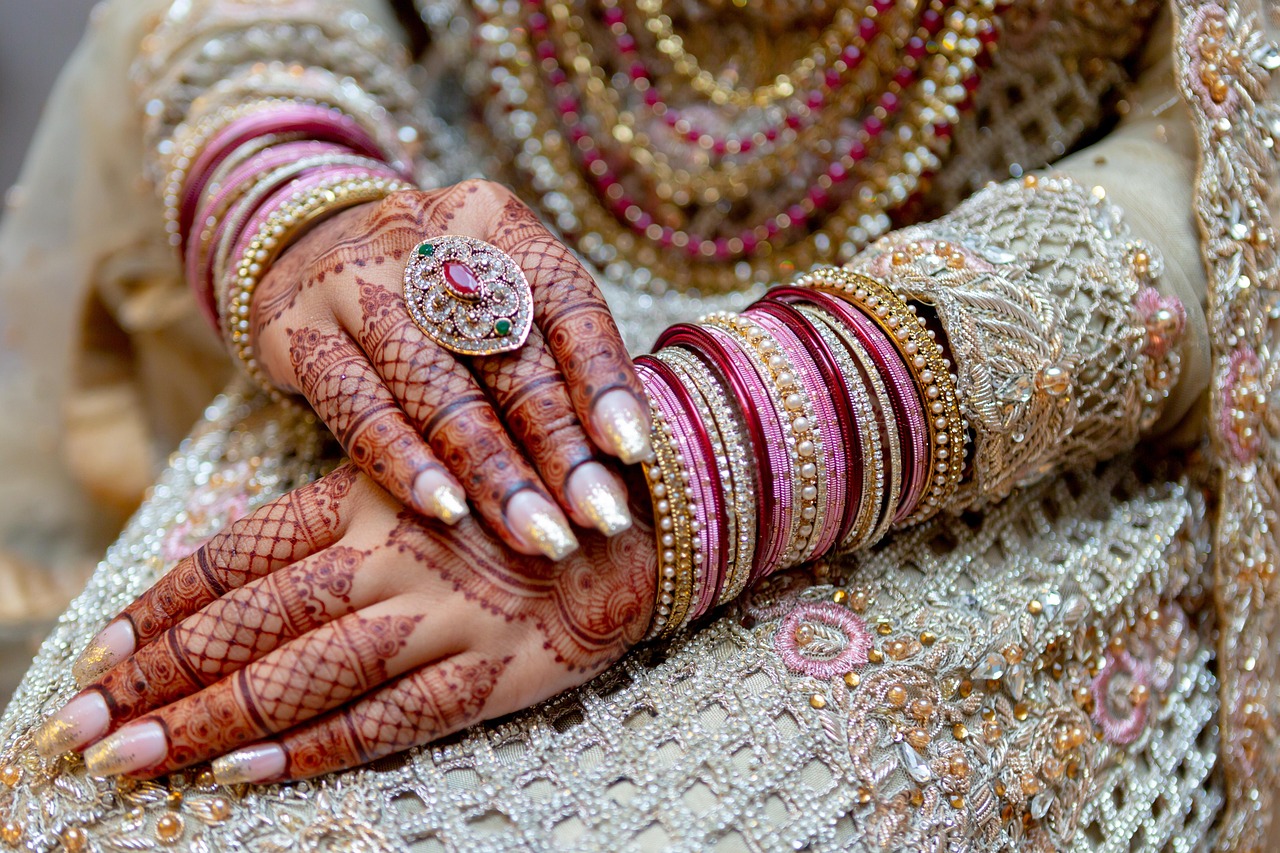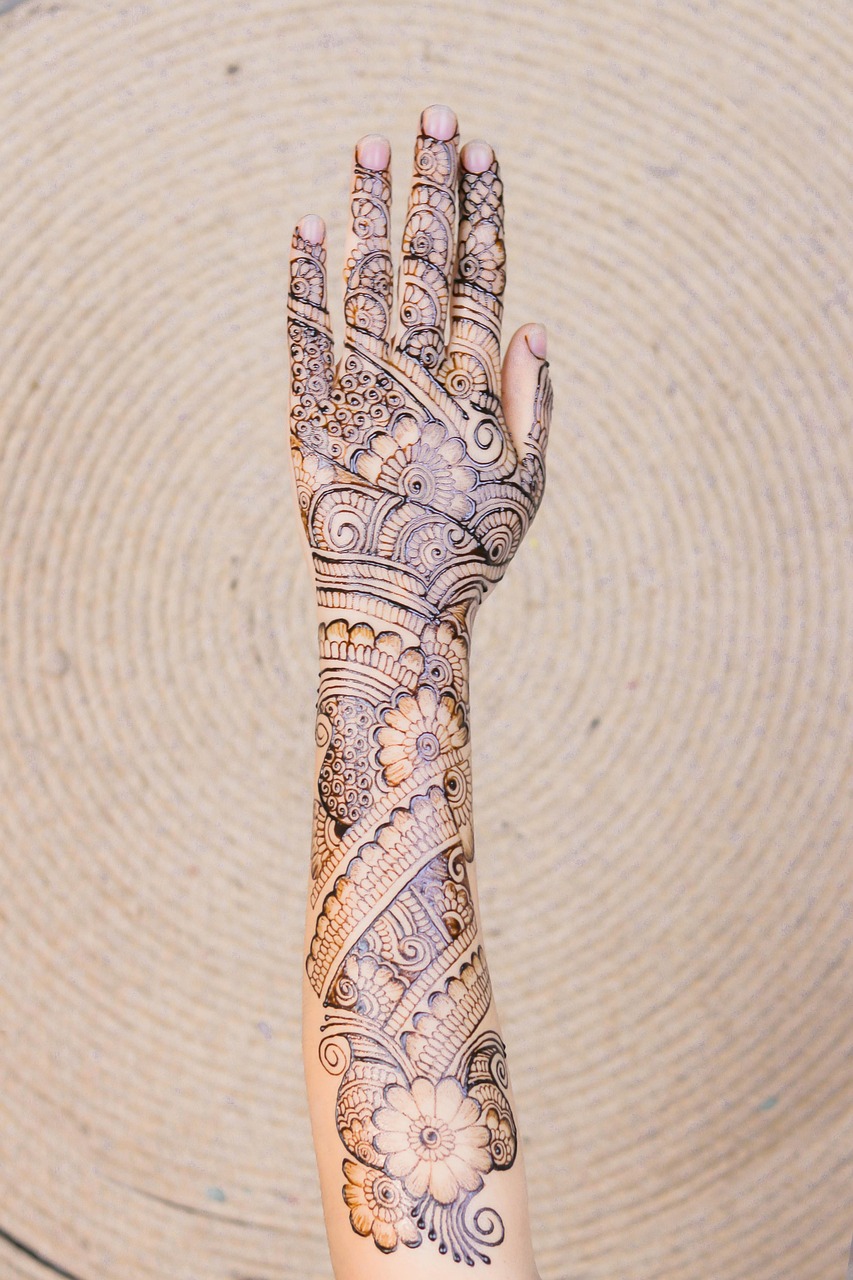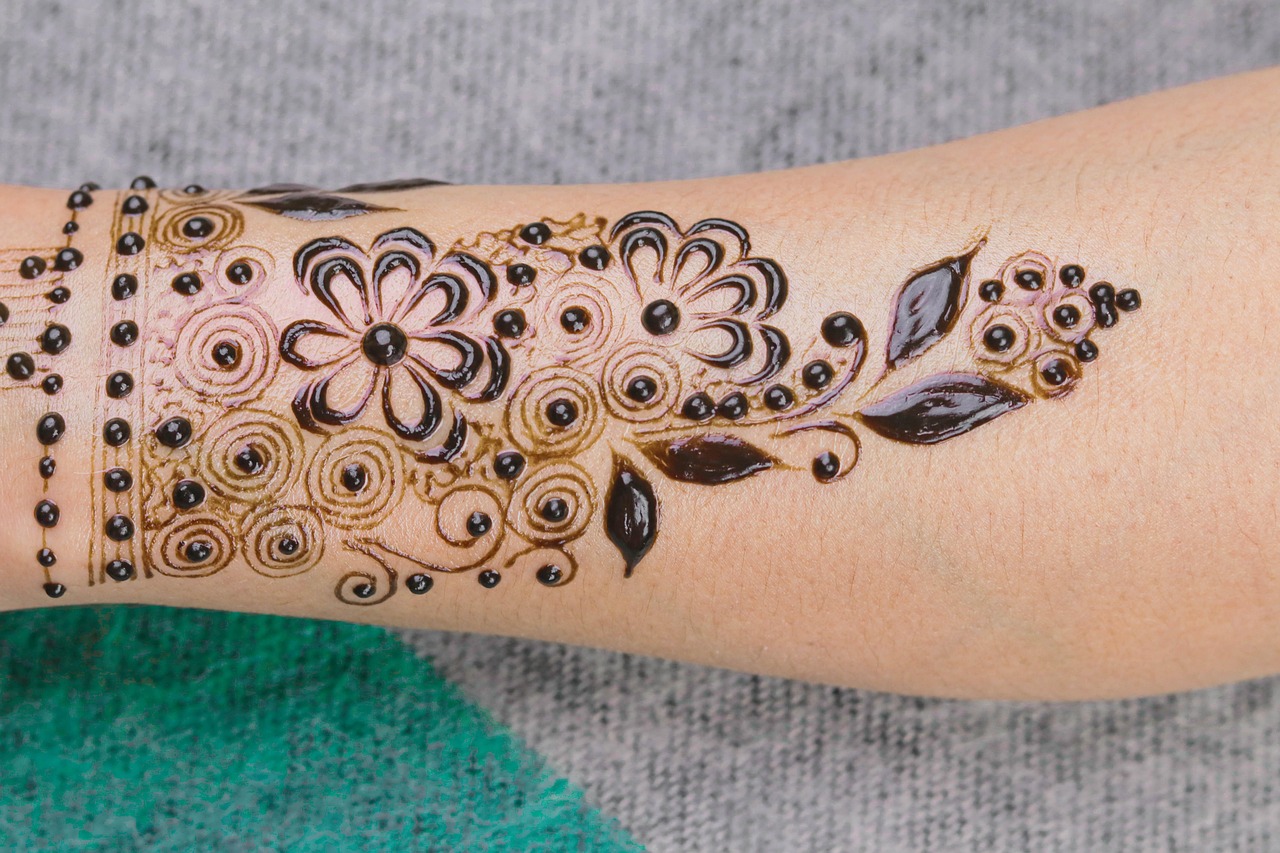Indian Traditional Mehndi Designs: A Timeless Fusion of Art and Culture
Indian traditional mehndi designs are more than just a form of body art; they represent cultural heritage, joy, and auspicious beginnings. From weddings to festivals, these intricate patterns carry deep symbolism and add a festive charm to every occasion. Wondering how these ancient practices still stay relevant in contemporary times? Letâs dive into the mesmerizing world of Indian traditional mehndi designs!
Key Elements of Indian Traditional Mehndi Designs
Rooted in history and cultural significance, traditional mehndi designs often feature a stunning blend of artistic elements. These designs are rich in details, incorporating motifs such as mandalas, florals, paisleys, and peacocks. The elegance lies in their symmetry, intricacy, and the storytelling done through patterns.
What makes Indian traditional mehndi designs unique?
Indian mehndi designs differ from other styles like Arabic or Moroccan due to their density and detail. Full-hand coverage, filled fingertips, and elaborate motifs are hallmarks of Indian designs. They are often inspired by nature, depicting animals, plants, and celestial symbols.
Interesting Fact: Rooted in History
Did you know that the use of mehndi in India dates back to over 5000 years? Its origins are traced to ancient rituals and traditions where mehndi was used for medicinal and spiritual purposes. (Source: NCBI)
The Cultural Significance of Mehndi in Indian Traditions
Mehndi is deeply embedded in Indian culture, signifying beauty, purity, and celebrations. It is believed to bring good luck and positivity to life events, such as weddings. For brides, mehndi is more than decoration â it represents happiness and protection from negative energies.
Why is mehndi significant at Indian weddings?
In Indian weddings, applying mehndi is an essential pre-wedding ritual. It is said that the deeper the color of the mehndi on a brideâs hands, the stronger her marital bond will be. This belief emphasizes the connection between beauty, emotions, and love.
Example: The Bridal Mehndi Ceremony
During the “Mehndi Rasam” (ceremony), professional mehndi artists are invited to create elaborate designs that cover the brideâs hands, arms, and feet. Popular motifs like couple portraits or the groomâs name hidden within the design add a playful element to this iconic Indian tradition.
Best Practices for Achieving Stunning Mehndi Designs
To get exceptional results, choosing the right mehndi artist and aftercare is essential. Whether it’s for a family function or a small ceremony, make sure to prioritize quality and skill when opting for traditional mehndi designs.
How can you make mehndi last longer and darker?
For a darker and long-lasting mehndi stain, follow these tips:
- Leave the mehndi paste on for at least 6-8 hours.
- Apply a lemon and sugar mixture to the design to keep it moist.
- Avoid washing your hands with soap for the first 24 hours.
Expert Tip: Mehndi Artist Advice
Well-known mehndi artist Veena Agrawal suggests, “Before the application, scrub your hands to remove dirt or oils. This helps the mehndi stain develop better.” For more tips, you can check her work here.
Conclusion
Indian traditional mehndi designs are a testament to the country’s rich heritage and creativity. Whether itâs for cultural occasions or modern-day celebrations, these intricate designs continue to hold special significance. As you delve into this beautiful art form, don’t forget to appreciate the cultural stories it represents.
Ready to explore unique mehndi designs for your next event? Be sure to bookmark this guide and share your thoughts in the comments below. For more tips and trends related to mehndi designs, subscribe to our newsletter!



